Rhythms of resistance
This essay won the first place in the High School category in the fifth Civil Rights Essay and Art Contest for 2025 by Hindus for Human Rights and International Commission for Dalit Rights.
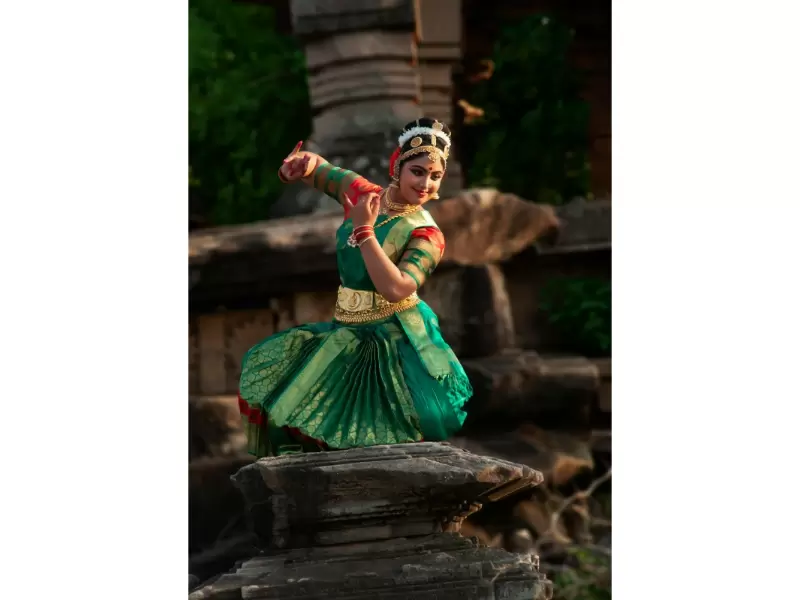 Representative image / Pexels
Representative image / Pexels
There’s a quiet rebellion in the soles of my feet. As the mridangam hums and my ankle bells ring, I step into an ancient rhythm. My body straightens, arms rise, and eyes speak a language older than ink. I am dancing Bharatanatyam, an art form born from South Indian temples and devotion, but as my bare feet hit the floor in deliberate patterns, I’m not just telling a story. I’m reclaiming one.
To many, Bharatanatyam is just a classical Indian dance, beautiful and technical. But beneath the symmetry and splendor lies a fierce history of suppression and survival. Originally practiced by devadasis, women who dedicated their lives to temple service, Bharatanatyam was a sacred offering to the divine. These women were not just dancers; they were scholars, poets and custodians of tradition. But with colonization came cultural dismantling. British rulers labelled these women immoral, severed the dance from its spiritual roots and in doing so, erased the dignity of thousands.
I’m Sri Lankan Tamil, part of a community whose civil and human rights have long been denied. The scars of war, displacement and silencing are carried by my family and community. Many of our stories remain untold or misunderstood in mainstream conversations, especially here in the U.S. where I now live and perform. Yet, through Bharatanatyam, I find a voice, a way to express the struggles of identity, belonging and justice.
ALSO READ: The snake that sang at sunrise
I often wonder, how many untold stories live in the space between my gestures? Growing up in the diaspora, straddling the hyphen between Tamil and American, I used to think of Bharatanatyam as just another weekend class, something brown girls did to stay connected to culture. But the older I got, the more I realized that every performance is an act of resistance. Each mudra, or hand gesture, is a word; each abhinaya, or facial expression, a paragraph. And together, they form arguments against erasure, silence and injustice.In one piece I perform, I become Draupadi, the queen from the Mahabharata, humiliated in a royal court. With wide eyes and trembling hands, I plead for dignity as unseen men attempt to strip away her clothes. It’s a myth, yes, but in that moment, I embody every woman denied her voice, her choice, her autonomy. It’s a dance, yes, and it is also an protest.
Here in the U.S., Bharatanatyam becomes more than a retelling of ancient stories. It becomes a powerful platform to raise awareness about civil rights, the right to speak, to protest and to belong, and human rights—the dignity, safety and freedom that every person deserves regardless of background. Through dance, I show audiences the resilience of marginalized people, including my Tamil community, who have faced genocide, exile and discrimination.
Bharatanatyam, then, becomes more than movement, it becomes an message. A living, breathing embodiment of the very civil and human rights activists fight forL freedom of expression, cultural identity, gender equality and the right to tell one’s story.
I think of the devadasis, women whose lives were stolen by systems that misunderstood them. I think of the Tamil mothers who lost sons in a war they never chose. I think of how their dance, my dance, was once used to define them as less than human. And I think of how, by continuing to dance, I help rewrite that definition. It is a quiet kind of activism that does not need a megaphone, only a stage.
Bharatanatyam teaches me that civil and human rights are not always declared in courtrooms or treaties. Sometimes, they are whispered in the curve of a wrist, shouted in the stamp of a foot, wept through the glance of a lowered gaze. Through this art, I’ve learned that to protect rights, you must first embody them. So when the spotlight warms my skin and the music swells in my ears, I step forward with purpose. My ancestors dance with me. My voice dances through me. And for those whose stories were never allowed to be told, I dance for them too.



 Agshara Harikaran
Agshara Harikaran
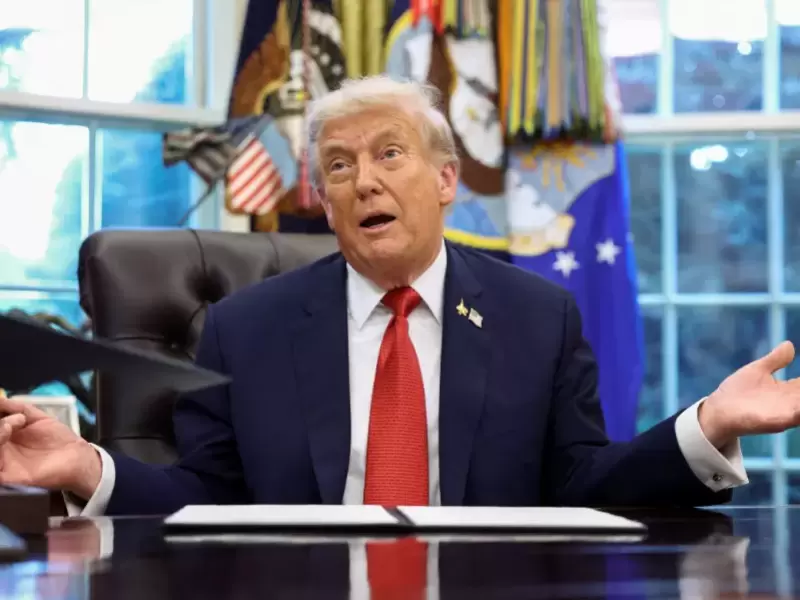

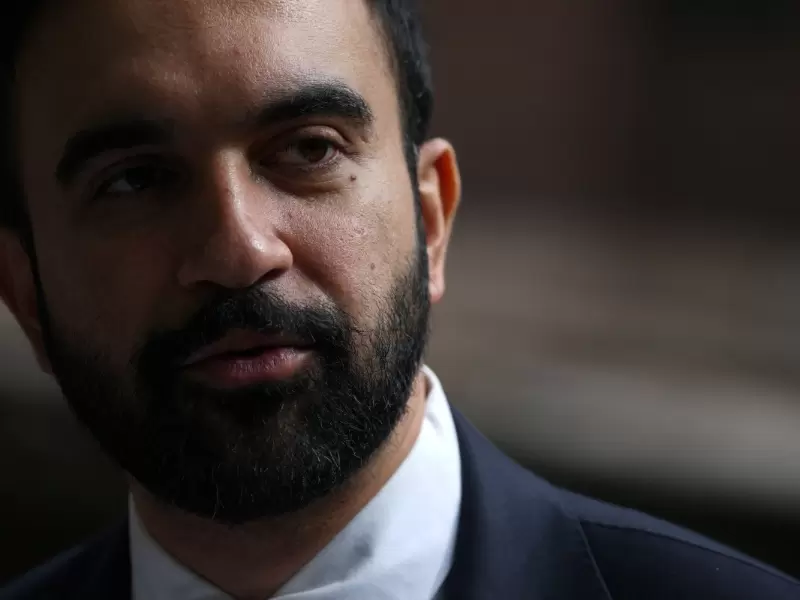
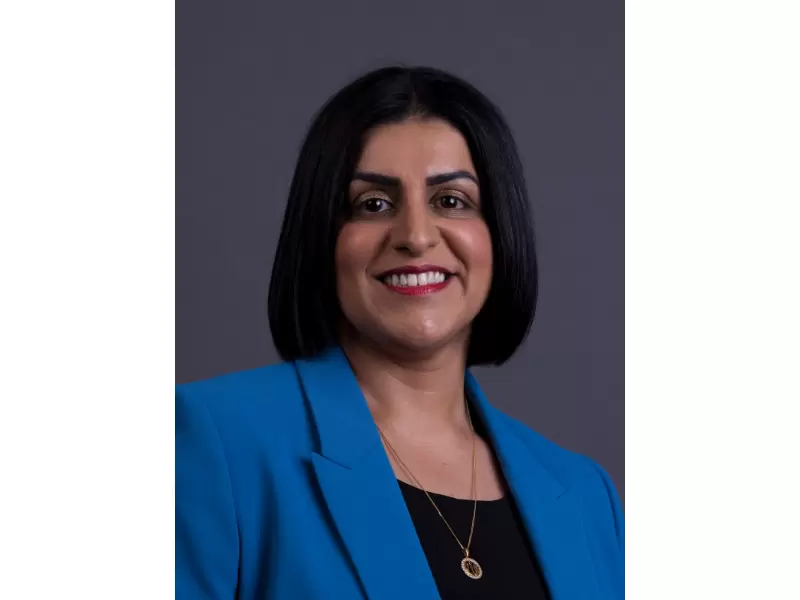

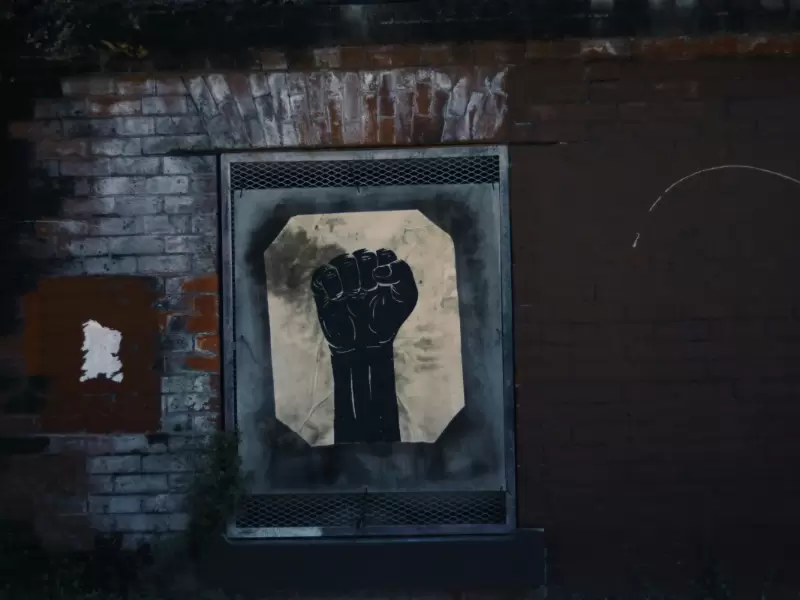
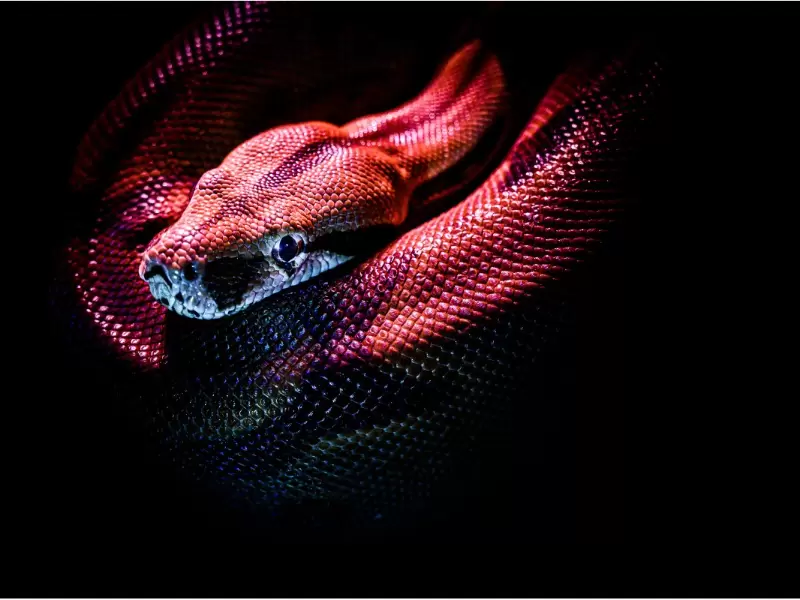
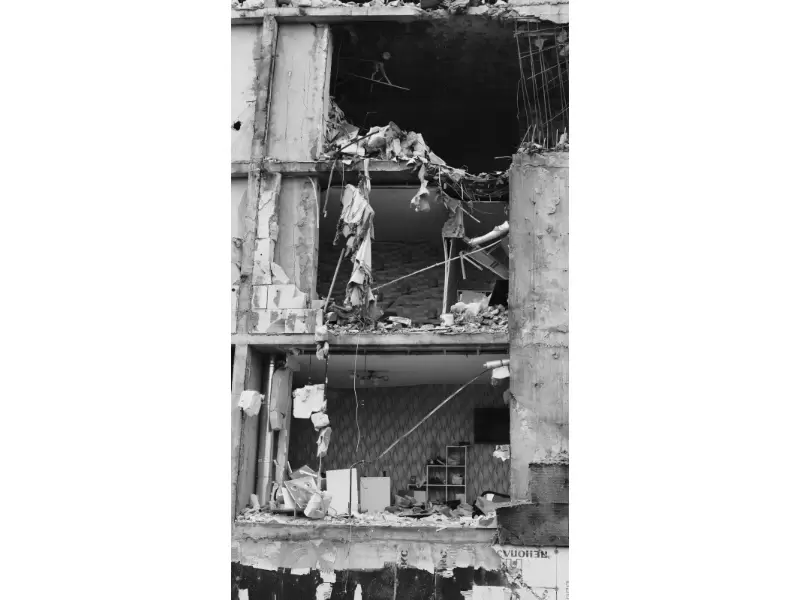
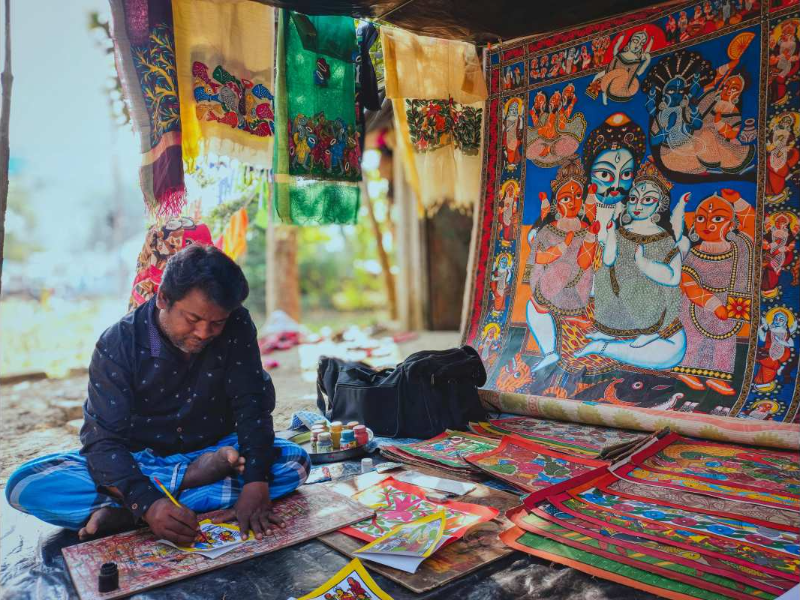






Comments
Start the conversation
Become a member of New India Abroad to start commenting.
Sign Up Now
Already have an account? Login